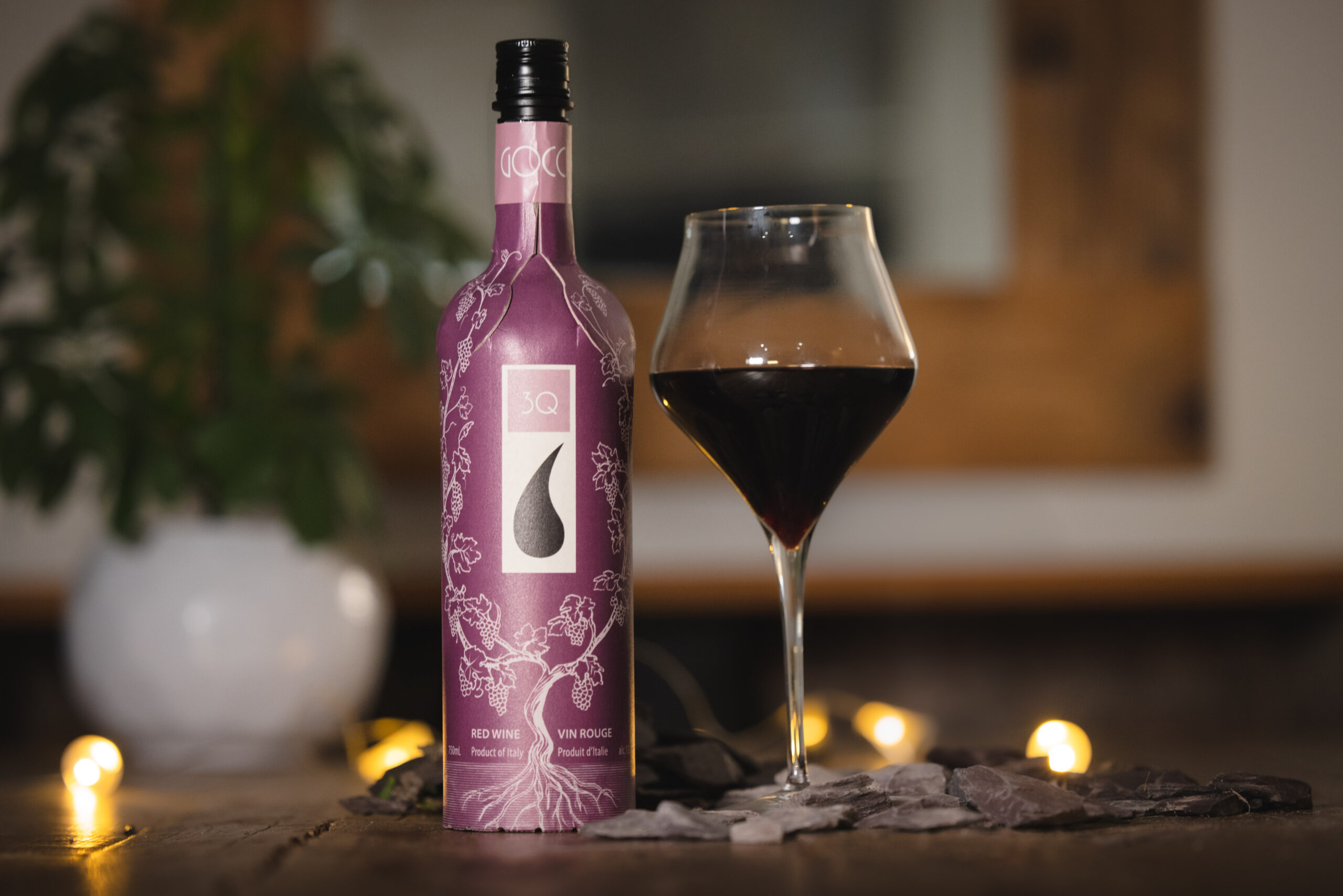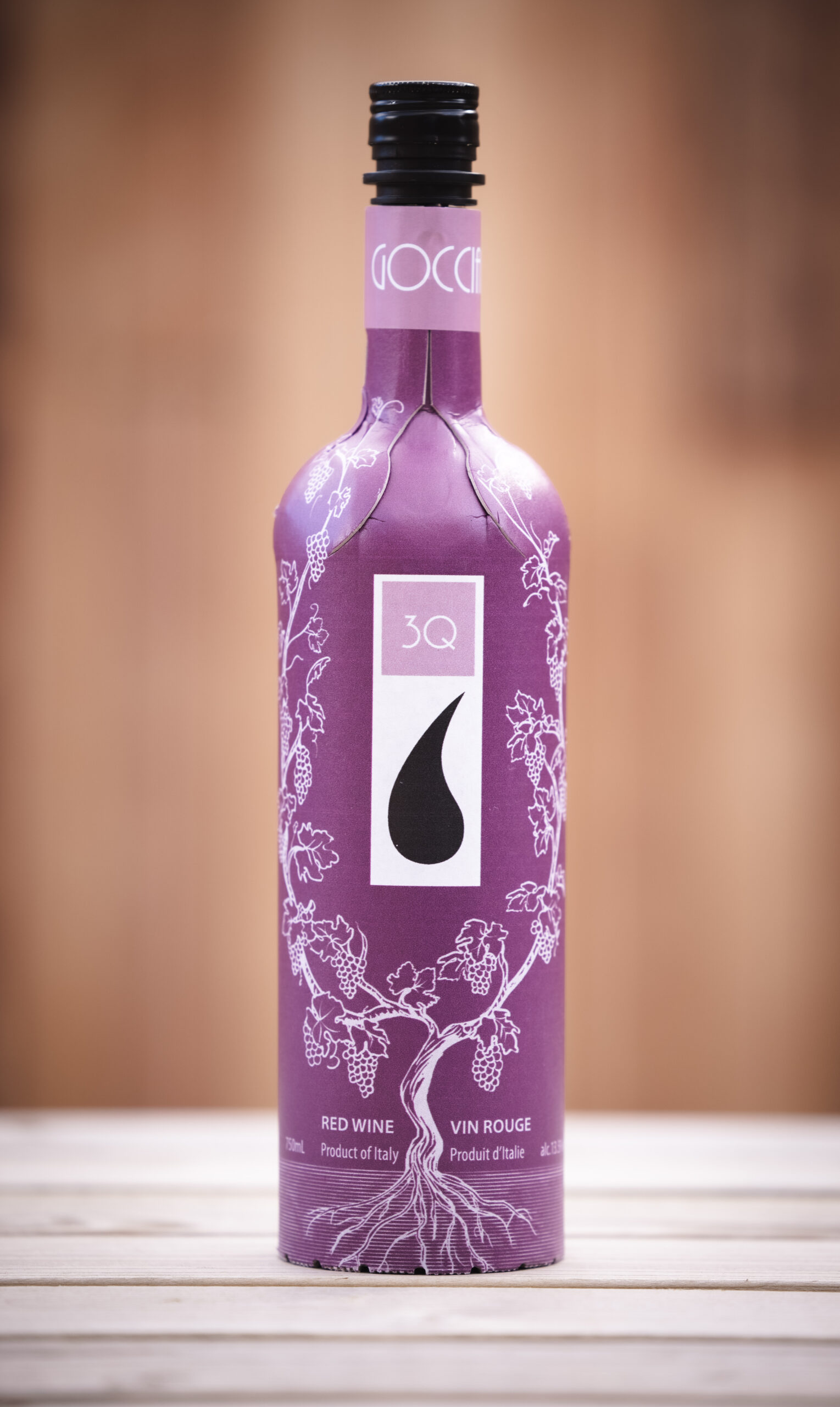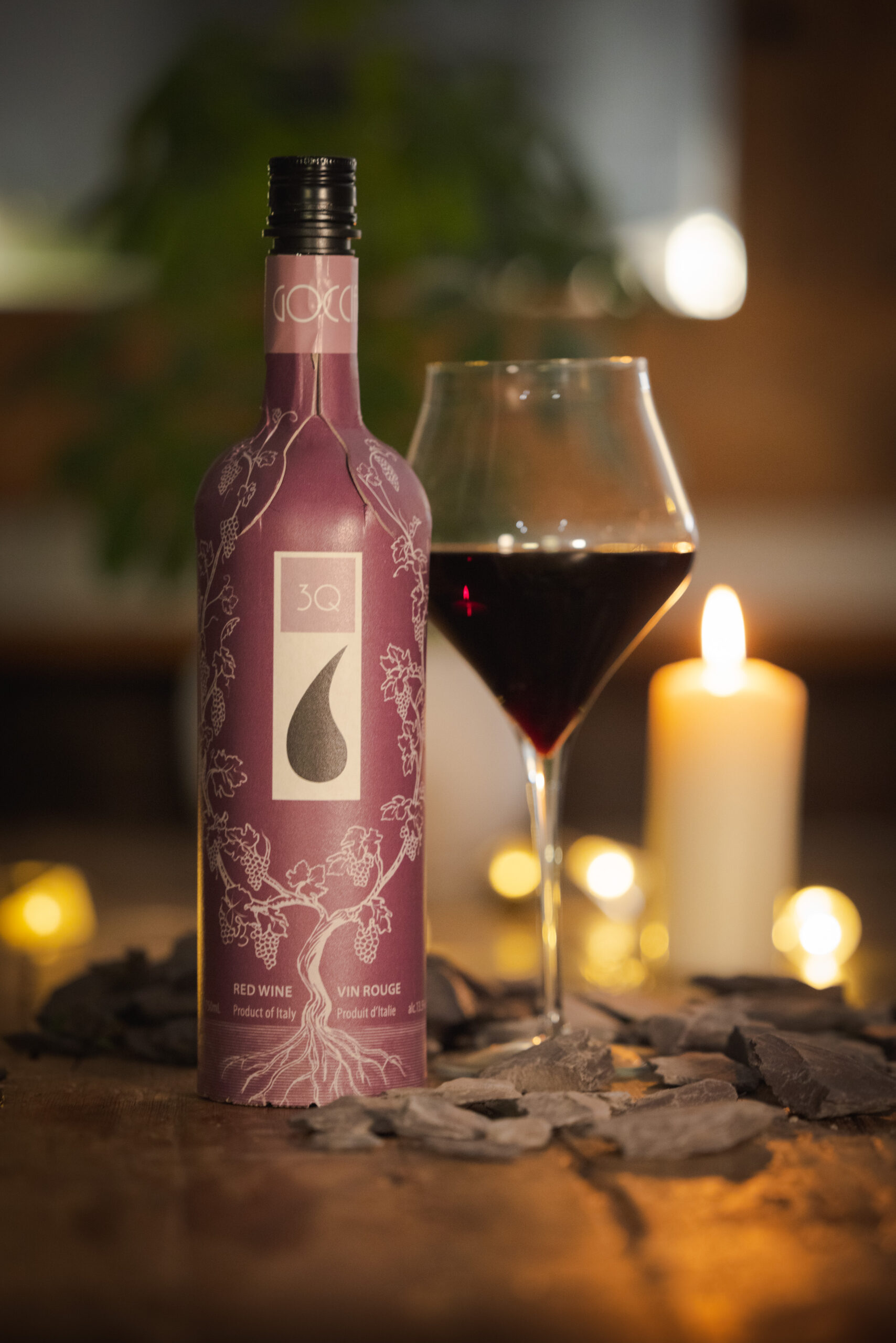The Latest Alternative to the Glass Wine Bottle
Enter, the paper bottle.

The wine bottle we are familiar with today only recently became a common way of buying wine. Just a hundred years ago, a mere 4 per cent of wine shipped from France (including champagne) was in bottles. The rest was shipped in barrels, and almost all wine-drinkers took their own bottle or pitcher to a wine merchant, where the wine would be drawn from a barrel.
Wine bottles became common only after the Second Word War, when an international mass market for wine emerged. The default bottle was glass sealed with a cork, but in the last few decades there have been many variations, some successful, some not.
The most widely adopted modification is the screwcap, now often used for both lower-end and more expensive wines. In places where screwcaps are considered the best way of sealing wine bottles—such as New Zealand, Australia, and Scandinavia—many wine-consuming households do not own a corkscrew.
Moreover, many of today’s “corks” are not made from the bark of the cork tree but are cork-shaped stoppers made of synthetic materials. Glass stoppers are also to be found but less often than expected when first introduced.

The glass bottle itself was challenged by bottles made from food-grade plastic in the early 2000s, but they failed to catch on. On the other hand, bag-in-box formats have long sold well in New Zealand and Australia and are now very popular in Northern Europe. They used to be associated with cheap, mediocre wines but are now used for many premium ones.
A more recent innovation is packaging wine in aluminum cans, which are especially suitable for camping, hiking, or poolside. It remains to be seen if canned wine will go mainstream.
The latest alternative to the glass bottle is paper. Paper has two of the advantages of plastic and aluminum: it doesn’t shatter like glass, and it’s very light–the weight of a paper bottle of wine is essentially the weight of the contents. This is welcome to anyone–retailers, shelf-stockers, salespeople–who has to carry cases of wine. There is even an ongoing campaign to convince wineries to use bottles made from lighter glass and especially to not bottle upper-tier wines in heavy bottles in the hope consumers will confuse weight for quality.

The first paper wine bottle (Frugal Bottle) is made of 94 per cent recycled cardboard and sealed with a screwcap. Inside, a food-grade plastic sleeve actually holds the wine. When the bottle is empty, it is easily collapsed, and the paper and plastic components pull apart for separate recycling. The manufacturer, an English company called Frugalpac, estimates the lifetime carbon footprint of the paper bottle is one-sixth that of an average glass bottle.
The first paper-bottled wine is 3Q, a blend of sangiovese, cabernet sauvignon, and merlot made by Cantina Goccia in Umbria, Italy. It’s an excellent first wine for paper bottles because it shows they are suitable for good-quality wine. Cantina Goccia has undertaken to bottle 80 per cent of its production in paper.
The one drawback is that wine in paper bottles has about a year of shelf life. It’s ideal, then, for early-drinking wines, but don’t expect to see first-growth Bordeaux wines in paper bottles. Remember the promise of the digital age that the world would go paperless? Apparently not.




